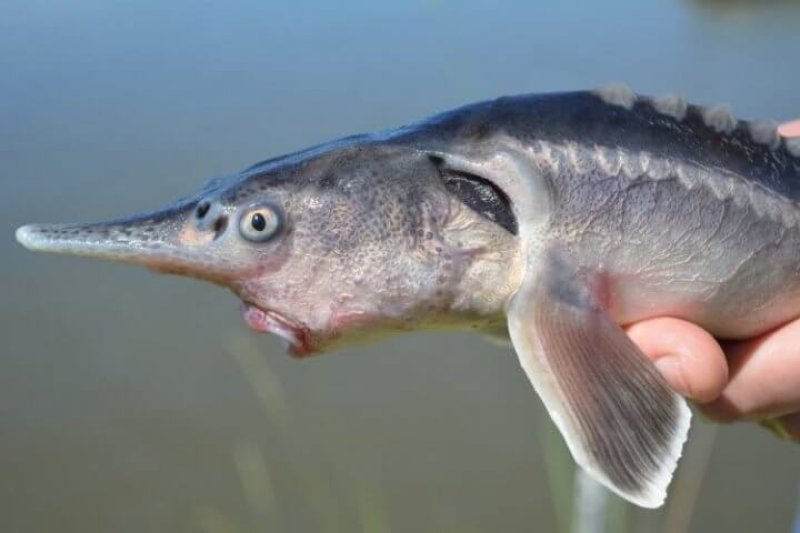“Sturddlefish,” as these [Russian sturgeon and American paddlefish] hybrids were nicknamed after researchers in Hungary announced their creation last month, go shockingly far beyond classic crossbreeds like mules and ligers, whose parent species sit closely together on the tree of life. Sturddlefish result from the merger of different taxonomic families.
“I’m still confused. My jaw is still on the floor,” said Prosanta Chakrabarty, an ichthyologist at Louisiana State University and the curator of fishes at its Museum of Natural Science. “It’s like if they had a cow and a giraffe make a baby.” Then he quickly corrected himself, because the lineages of those two ruminants split only a few dozen million years ago. The evolutionary paths of paddlefish and sturgeons diverged 184 million years ago. For those fish to breed is more like “if a human came out of a platypus egg,” he said.
Chakrabarty’s hunch is that the answer lies in the relatively slow rate of evolution that occurs in this group of fish. The Polyodontidae (paddlefishes) and Acipenseridae (sturgeons) are the last living families in the order Acipenseriformes, and studies suggest that both have very slow mutation rates. Despite the eons of independent evolution separating them, maybe their genomes just haven’t diverged enough to prohibit hybridization.































